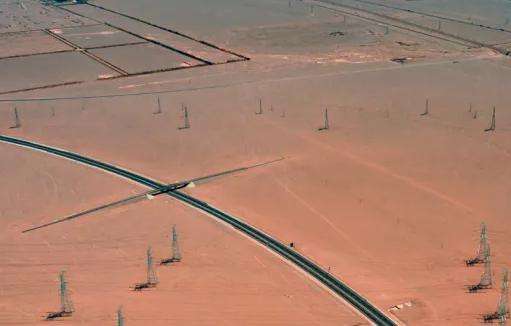Water heater water is not necessarily tap water, and other substances may be added to prevent rust and for other considerations. Typically, this is industrial fresh water, deoxygenated fresh water, or regular tap water. The water in the heating pipe may appear clear, but in reality it contains a variety of chemicals that can cause harm to the human body, whether consumed or in prolonged contact with the skin.
Detailed information:
Operating principle
Heating is divided into water heating and air heating, what we generally call radiator refers to water heating, which uses wall-mounted boilers or boilers to heat circulating water, and then connects it to the radiator by pipes. Finally, the appropriate temperature is emitted from the radiator. to form a differenceindoor temperature reference, and finally the thermal circulation makes the temperature increase uniformly throughout the room.
Heating warms the air. As soon as cold air enters, it is heated by the radiator into hot air. The warm air rises and forms convection with the cold air in the room. near the radiator and is heated into hot air, the hot air circulates in the room and the room becomes warm.
The heat dissipation stage is mainly divided into three parts:
1. The heat transfer fluid in the radiator transfers heat to the surface of the inner wall of the radiator (heat release coefficient of the inner surface). by convective heat transfer;
2. The inner wall of the radiator transfers heat to the outer wall by thermal conduction;
3. to the air by heat transfer by convection, and a small part of the heat by radiation to objects and peoplepresent in the room.
Baidu Encyclopedia - Heating














